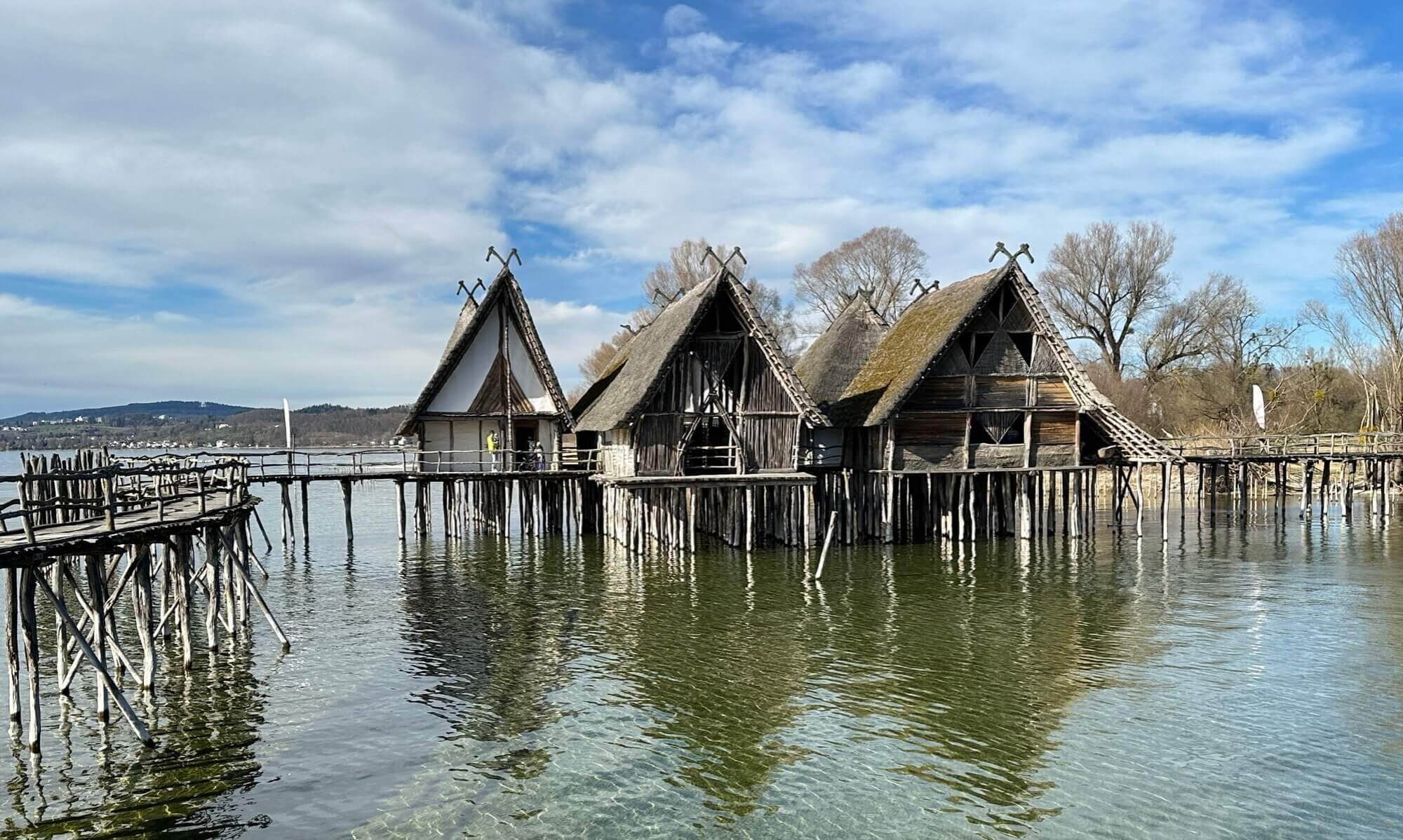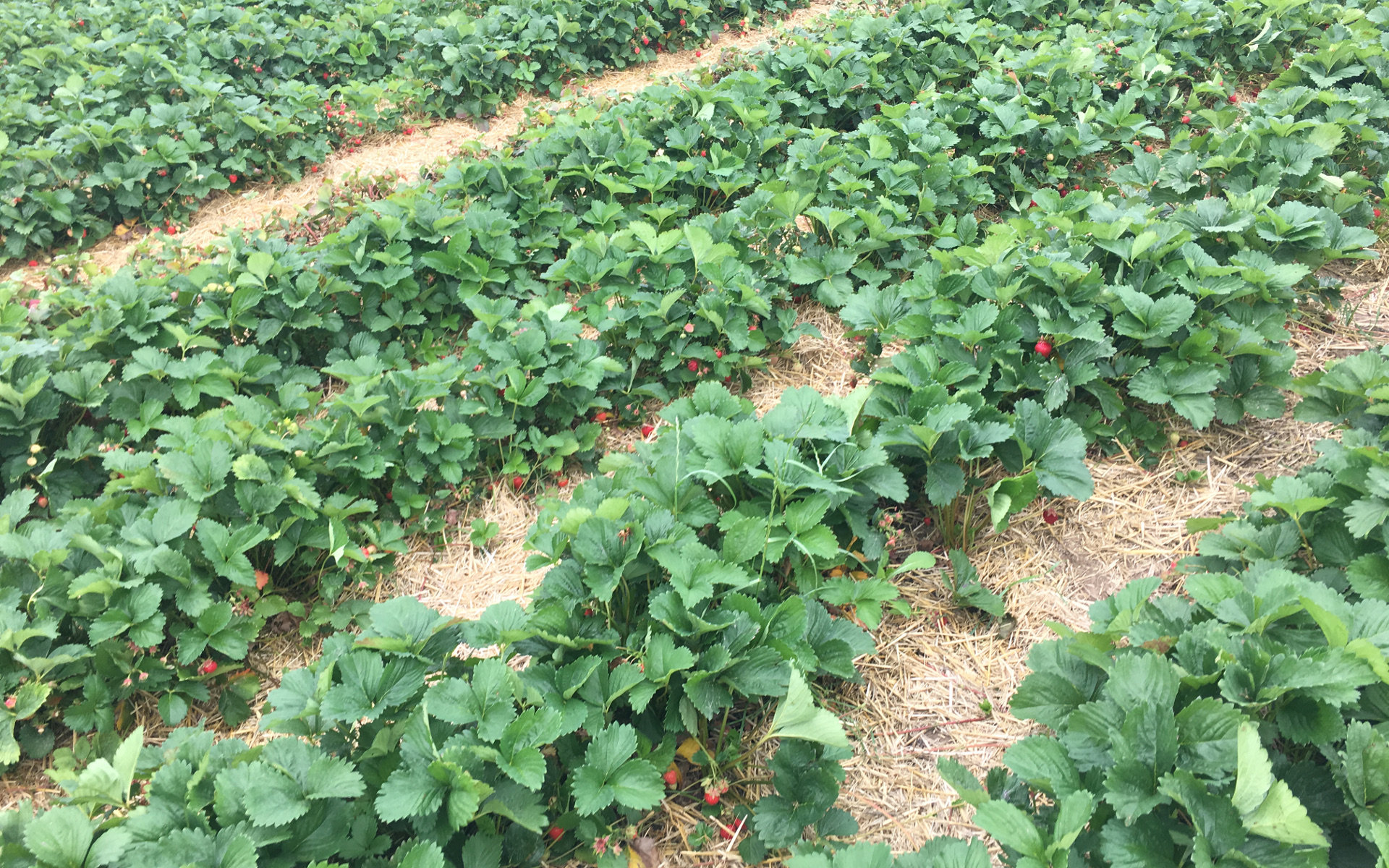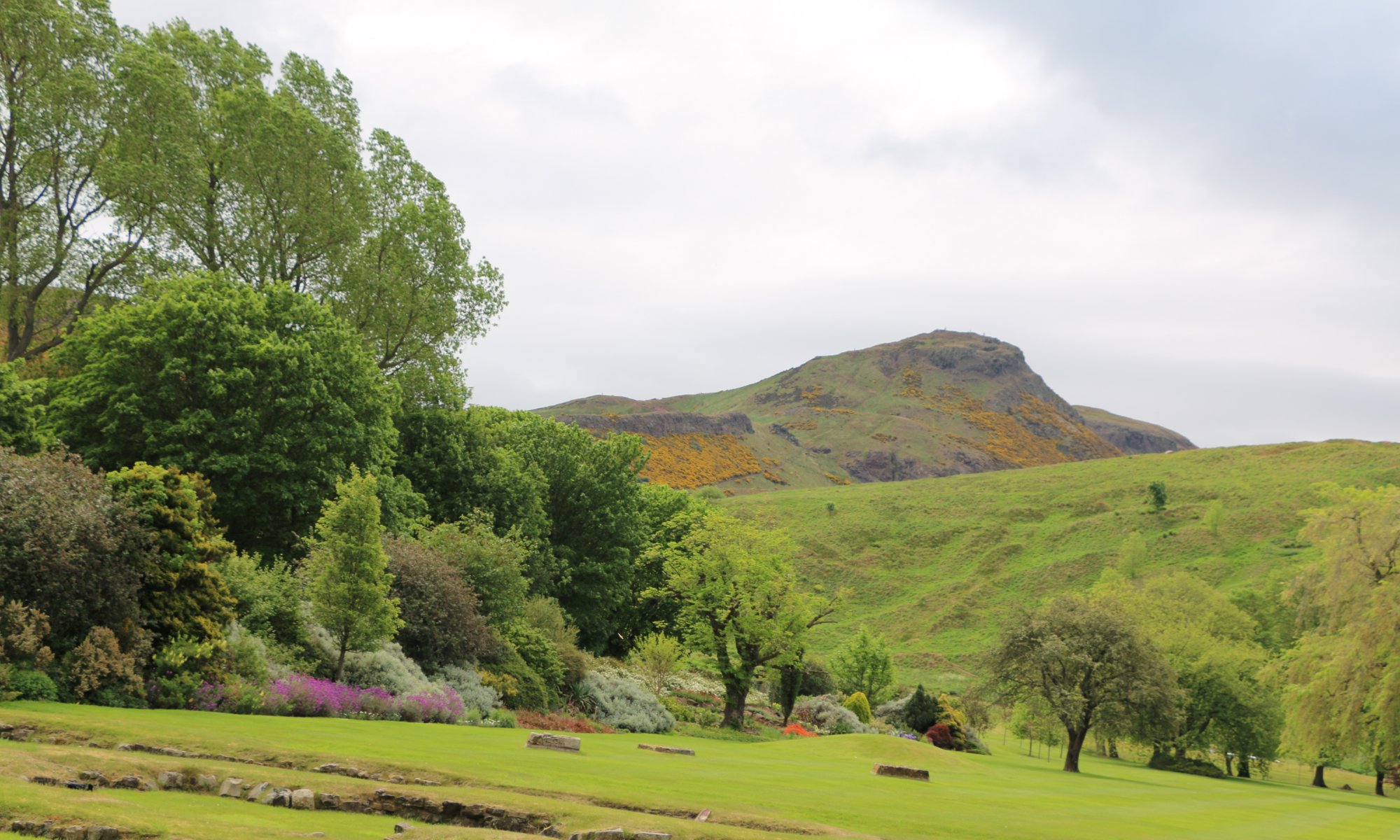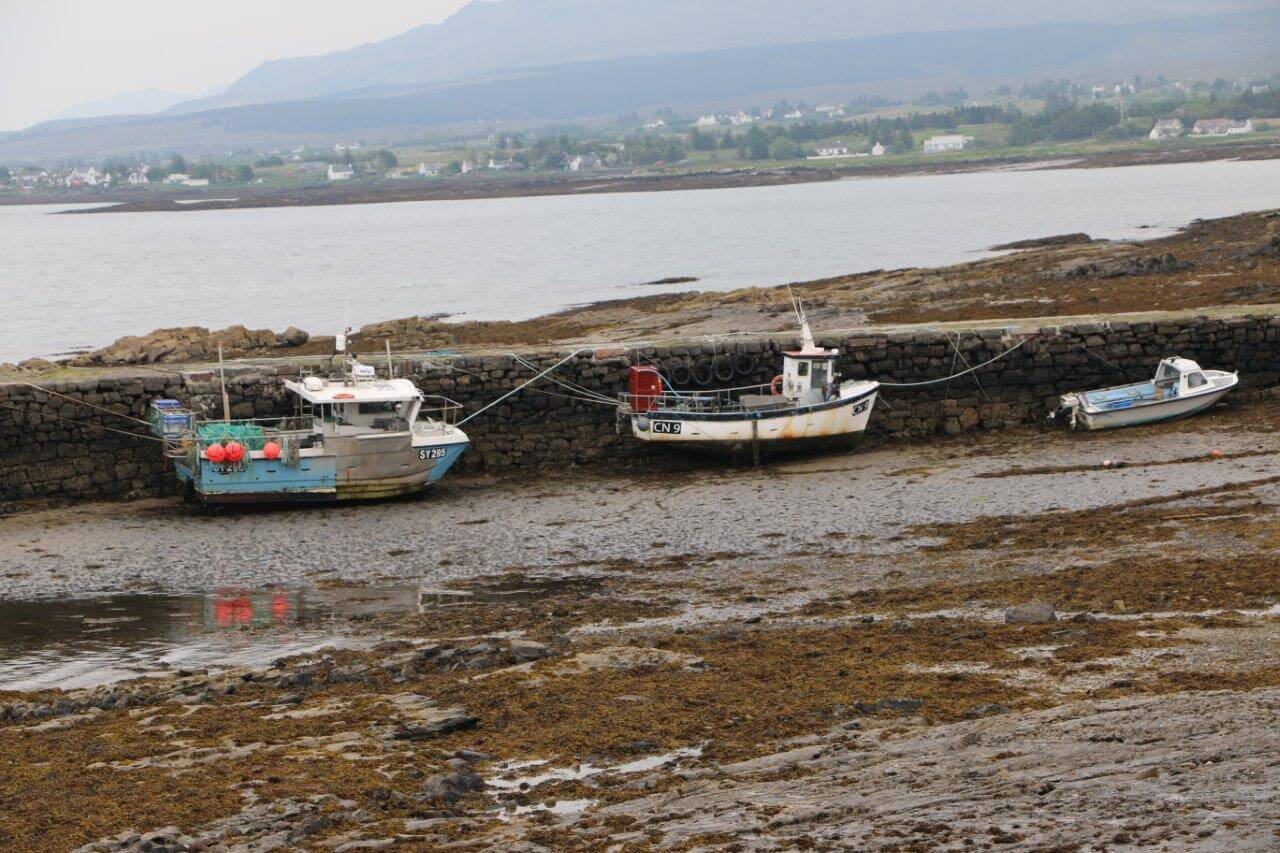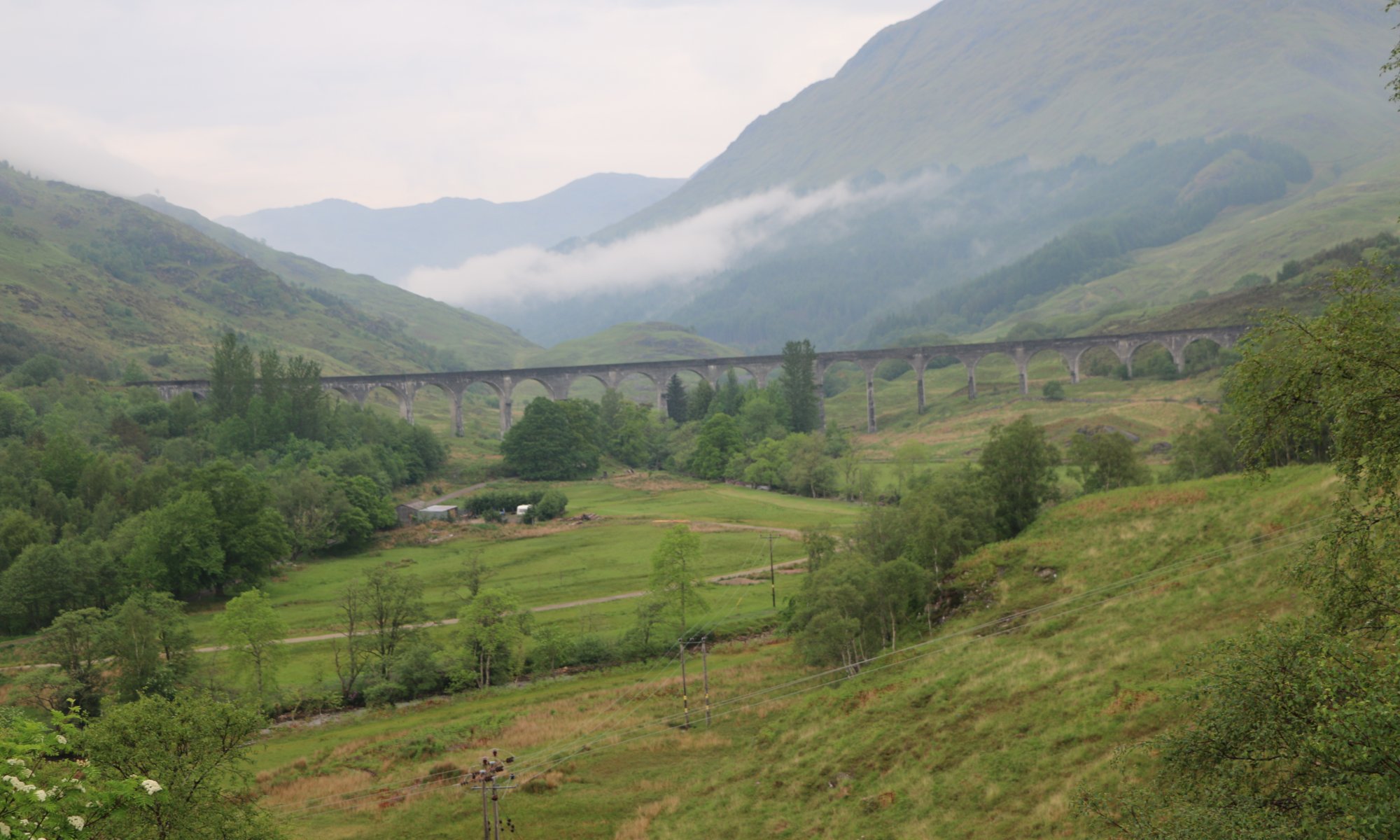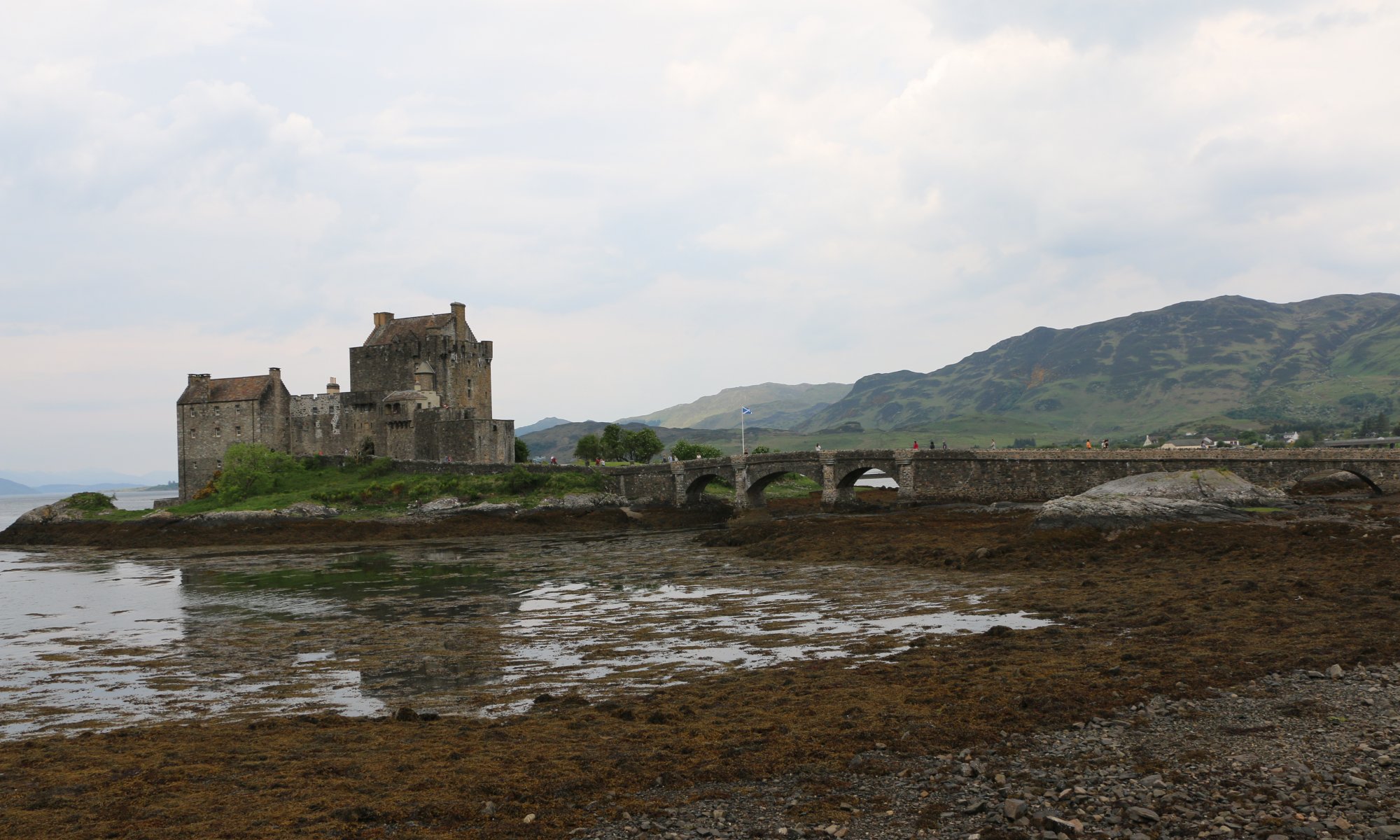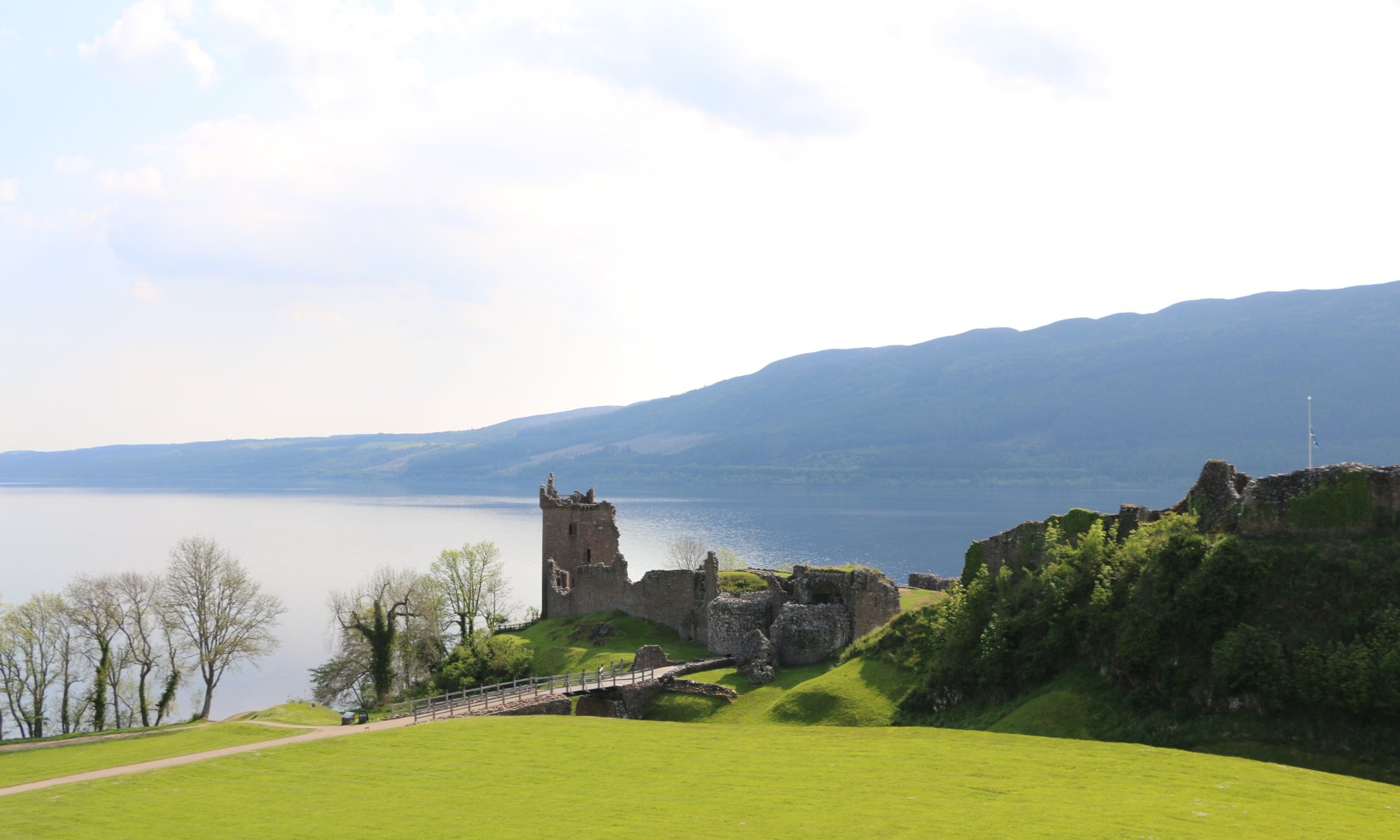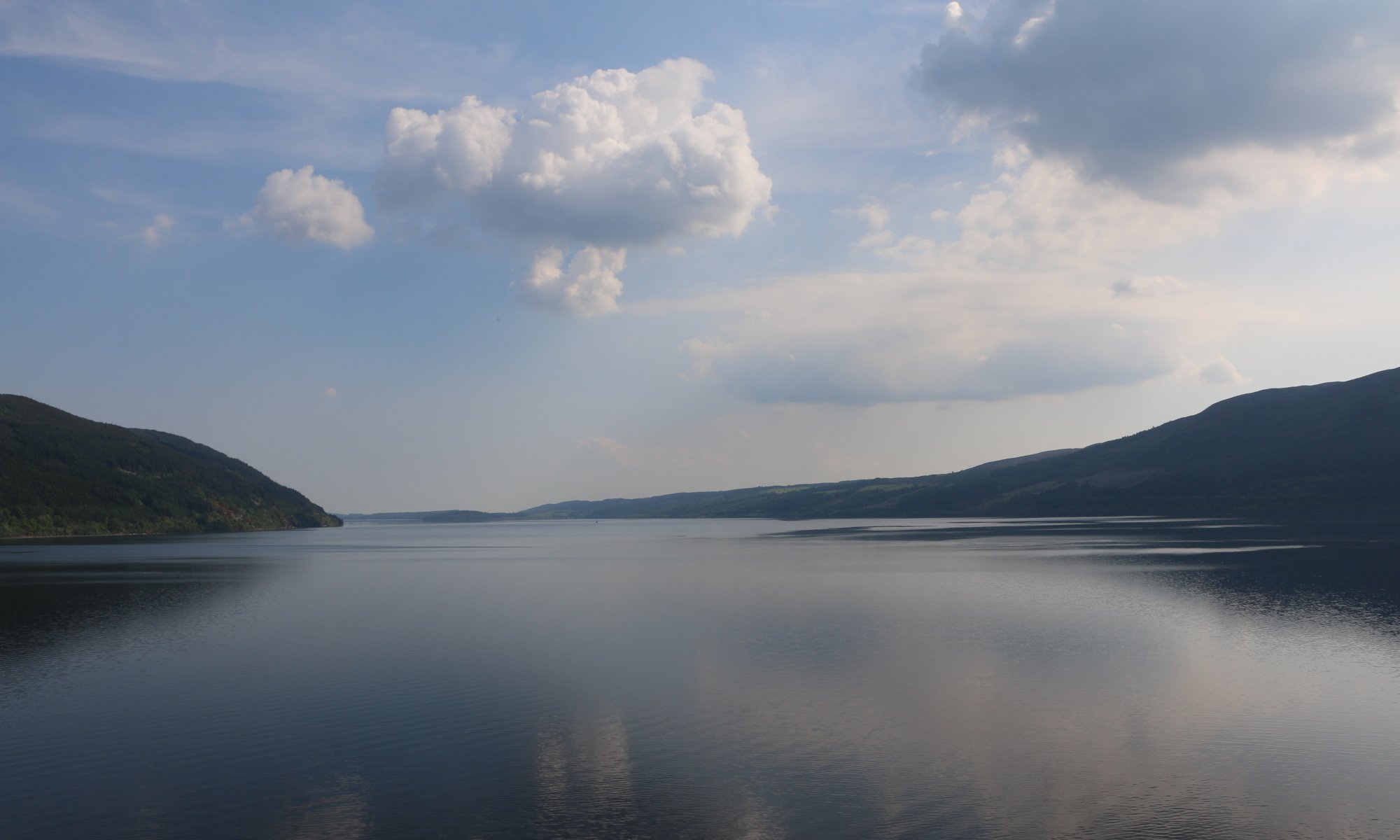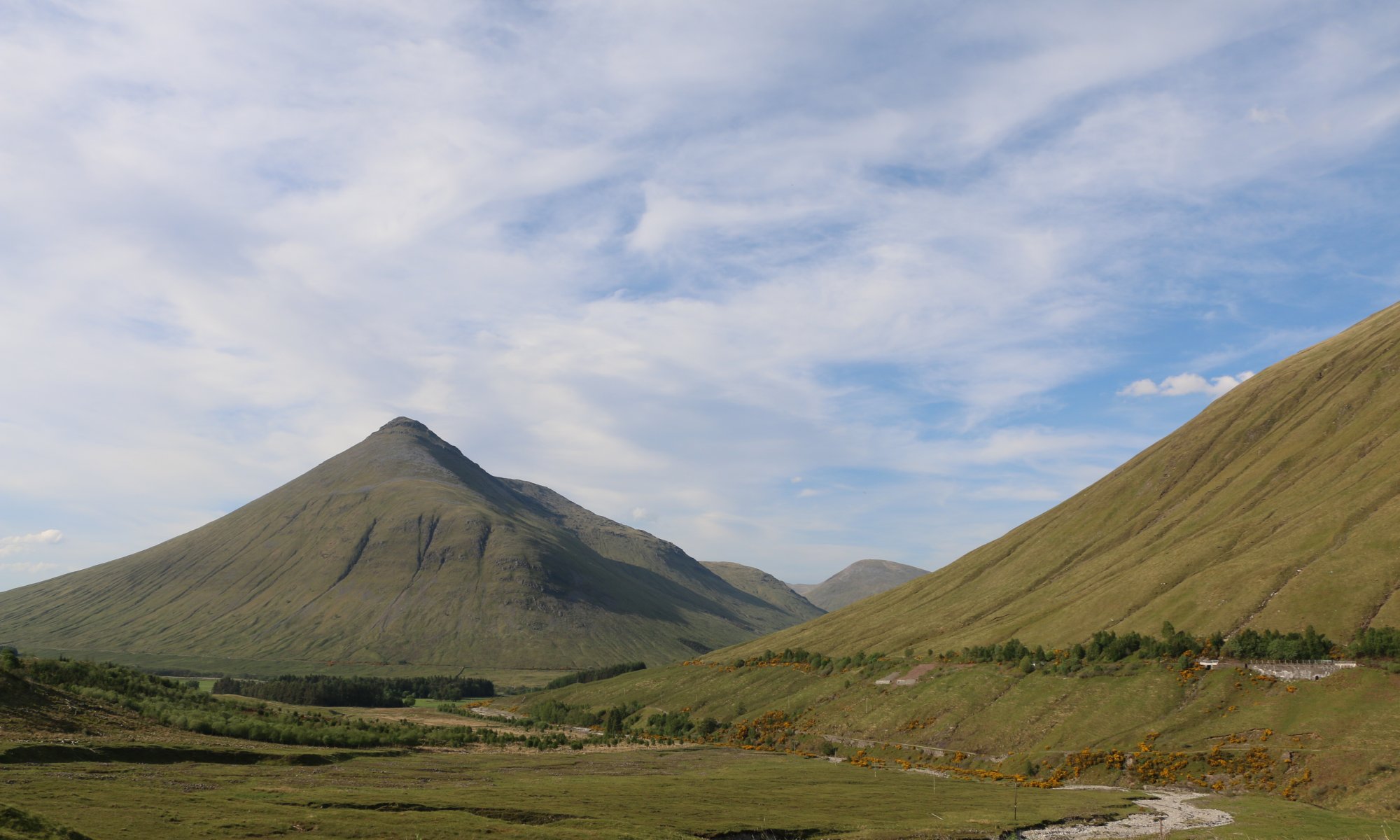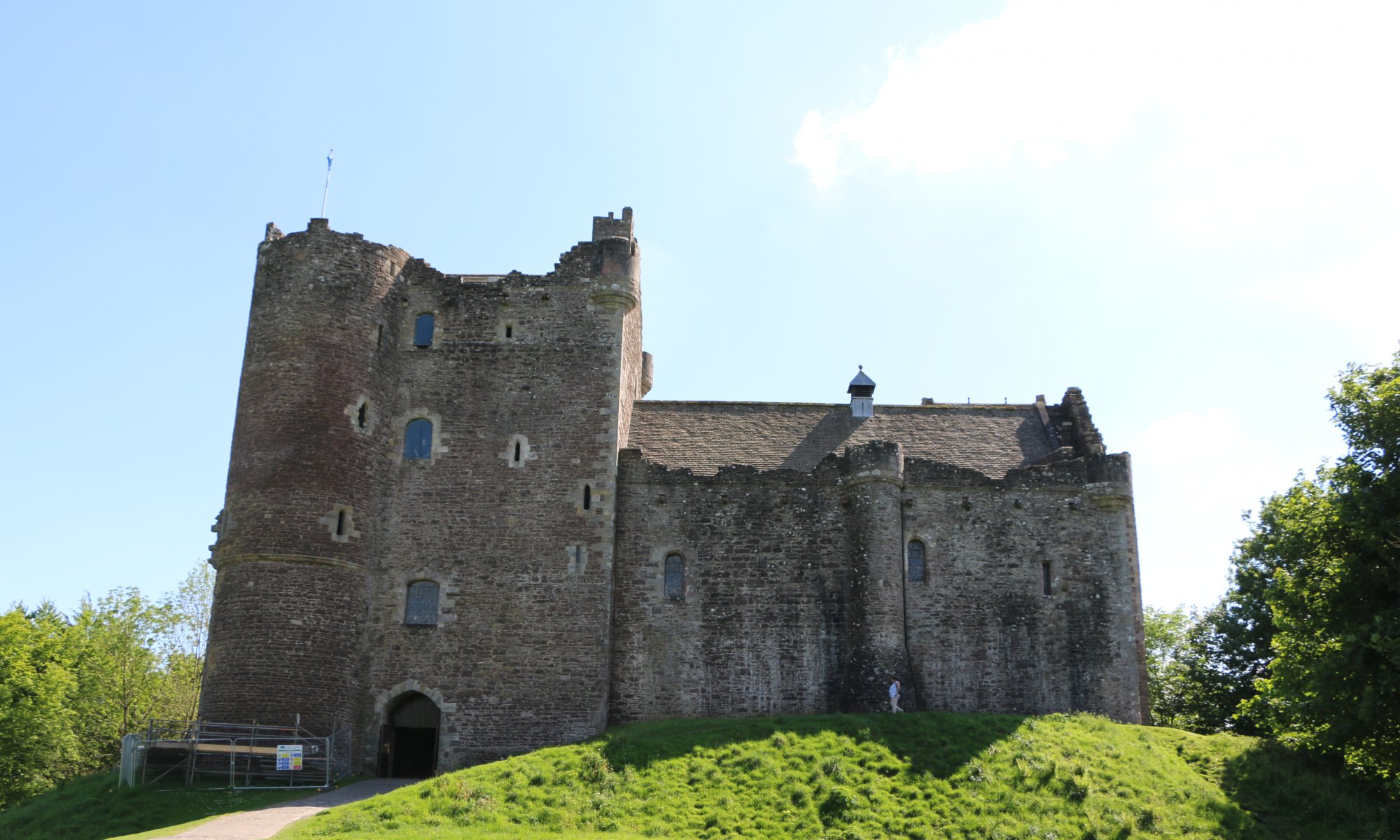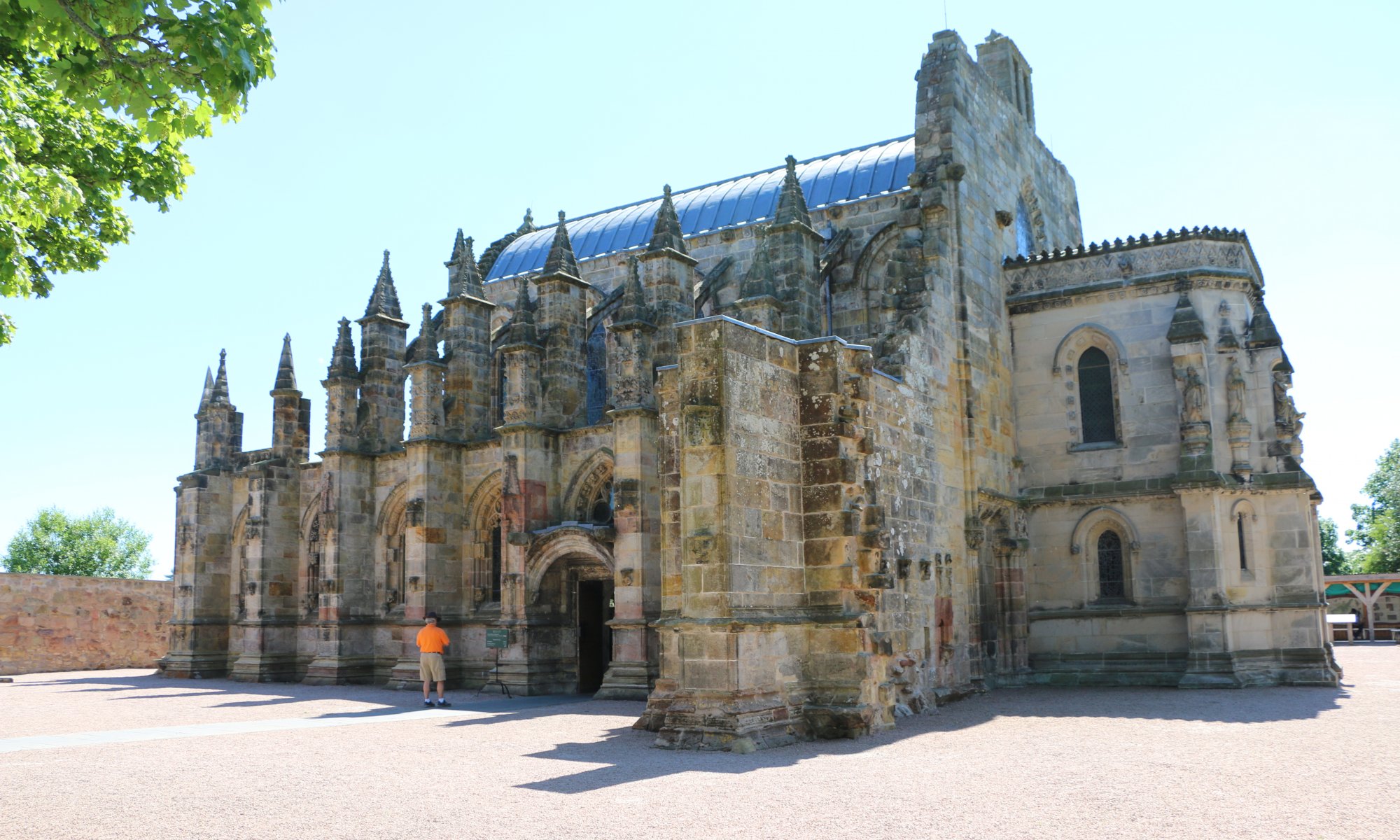These days you can get strawberries everywhere. If you don’t want to simply buy them and have the fun of gathering yourself you can get to Göttingen, Germany and visit the strawberry fields of family Mecke. Since 30 years they offer the possibility to collect the fruits of up to seven different kinds of strawberry plants on a large field close to Göttingen. Continue reading “Strawberry fields”
Palace of Holyroodhouse
The Palace of Holyroodhouse or Holyrood Palace in Edinburgh, Scotland is the official residence of the Queen in Scotland. It is located at the east end of the Royal Mile – directly opposite to the Scottish parliament. It was once the guesthouse of the Abbey of Holyrood now lying in ruins. It was built from the year 1671 on and the Queen stays here at least one week each year. Continue reading “Palace of Holyroodhouse”
Isle of Skye
The Isle of Skye is the biggest island of the Inner Hebrides in Scotland. Guide books label it as the most interesting sight of the country. The island contains many archaeological findings, rough mountains, medieval castles and nice landscapes. Capital of the island is the city of Portree.
Continue reading “Isle of Skye”Waiting for the Hogwarts Express
Close to Glenfinnan, Scotland you can find a famous viaduct used for the railway track between Mallaig and Fort William. It was built from 1897 on and is 380 meters long; the highest pillars are 30 meters in size. Formerly it was important to the fishing industry, today normal local transport trains and a special tourist train – “The Jacobite” – use the track. Continue reading “Waiting for the Hogwarts Express”
Castle on an island
The Eilean Donan Castle is a castle protected by Loch Duich in the village Dornie belonging to Kyle of Lochalsh, Scotland. It is located on a land tongue that is flooded during high water. To keep it accessible a stone bridge has been built from the shore to the castle. The castle was created since the year 1220 and it honors the Celtic Saint Donnán of Eigg from the 6th CE. Continue reading “Castle on an island”
Urquhart Castle
When you get to Loch Ness and are disappointed that you didn’t find Nessie (the famous monster in the lake) there isn’t too much else to do. You might get to Inverness or Fort Augustus – but you definitely shouldn’t miss Urquhart Castle near Drumnadrochit. It is the ruin of a castle built in the year 1230 directly at the shore of Loch Ness. Continue reading “Urquhart Castle”
Loch Ness
The Loch Ness is a famous lake in northern Scotland. It is the second largest lake after Loch Lomond and because of its depth it contains by far the most water of all sweetwater lakes in Scotland. At its northern end you can find the city of Inverness, in the south Fort Augustus is located. At the middle on the western shore you can find the well-known Urquhart Castle close to Drumnadrochit. Continue reading “Loch Ness”
Discovering the Highlands
The Highlands are a special and beautiful area in Scotland, United Kingdom. They begin some kilometers north of Glasgow, Stirling and Dundee but exclude the eastern coast around Aberdeen. They have been less influenced by the English reign than the so-called Lowlands. Therefore the special culture has been preserved more than in the southern regions – this includes the clans, language (Gaelic) and the tradition to make whiskey. Continue reading “Discovering the Highlands”
Winter is coming
It is one of these places in Scotland where movies and TV series have been filmed: Doune Castle, located in Doune near Stirling, Scotland. It is a medieval castle from the year 1390 which is in good condition. Author Walter Scott (look for the Scott Monument in Edinburgh) used it as a place in his book Waverley (the railway station of Edinburgh is named after it).
Continue reading “Winter is coming”Rosslyn Chapel
Rosslyn Chapel is a wonderful Gothic church located in Roslin, Scotland – not too far away from Edinburgh. It is a small church with the most beautiful interior I’ve ever seen; and it is really good set in scene. The chapel dates back to the 15th century CE and was built by Sir William St. Clair from 1456 on. The basic structure follows Herods temple in Jerusalem. Continue reading “Rosslyn Chapel “
